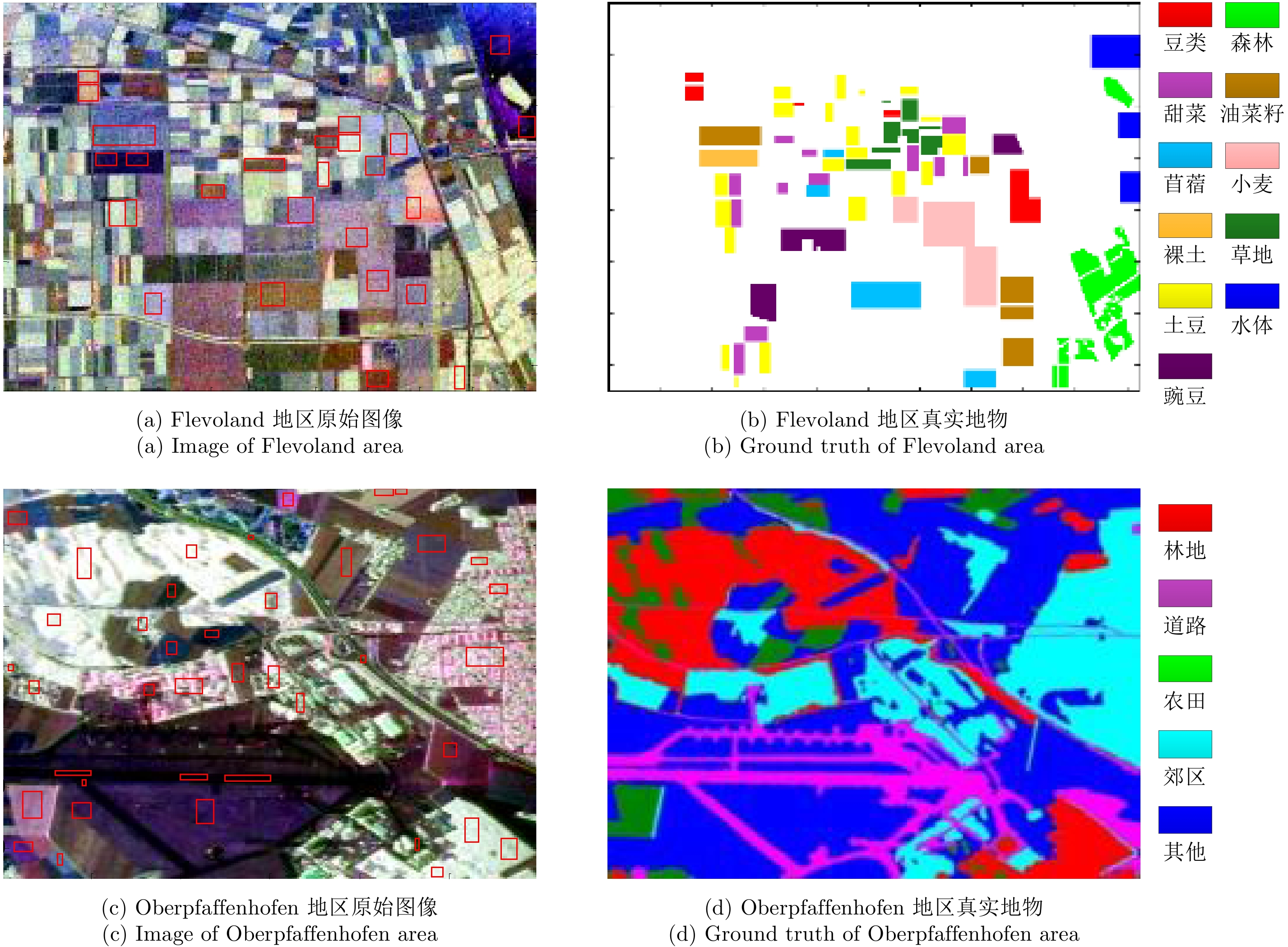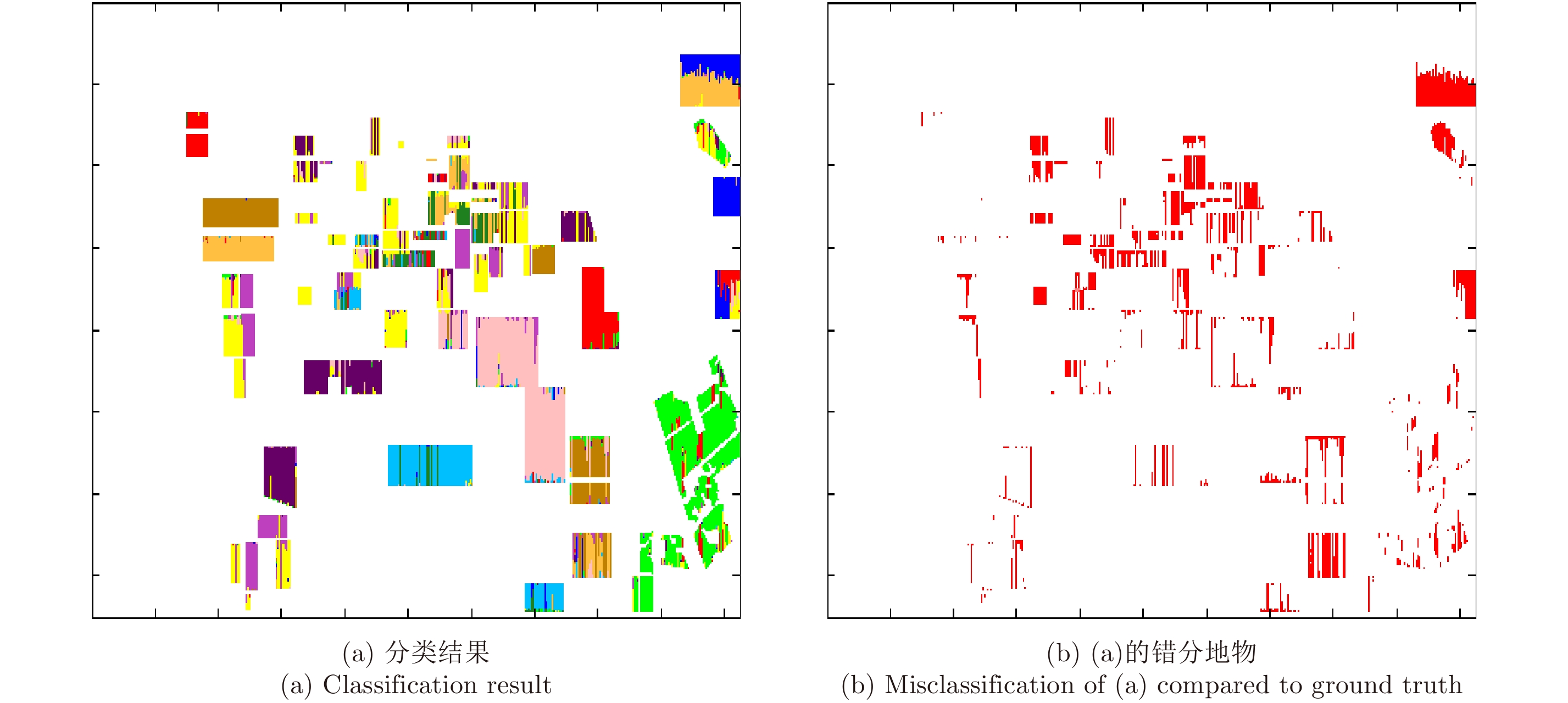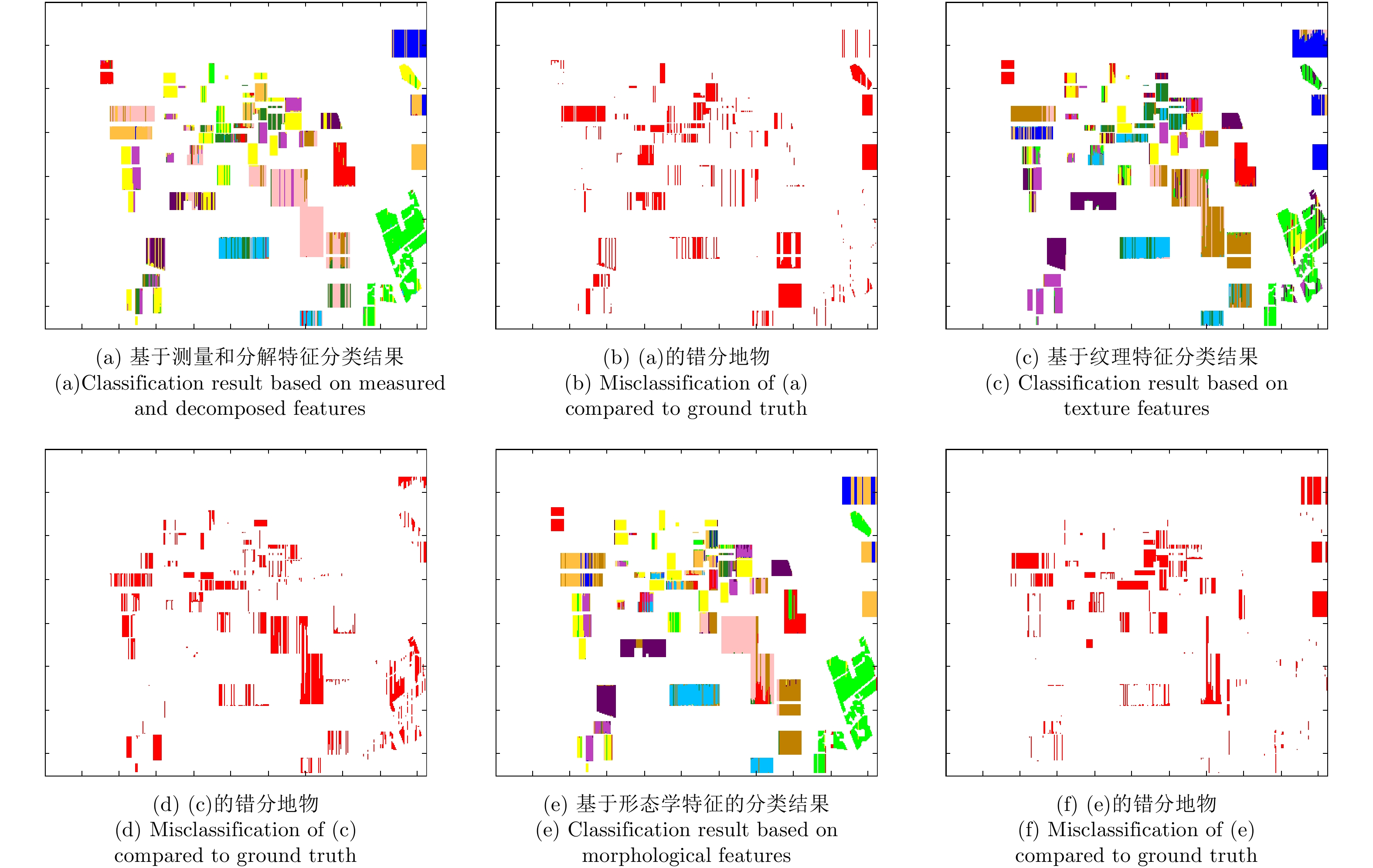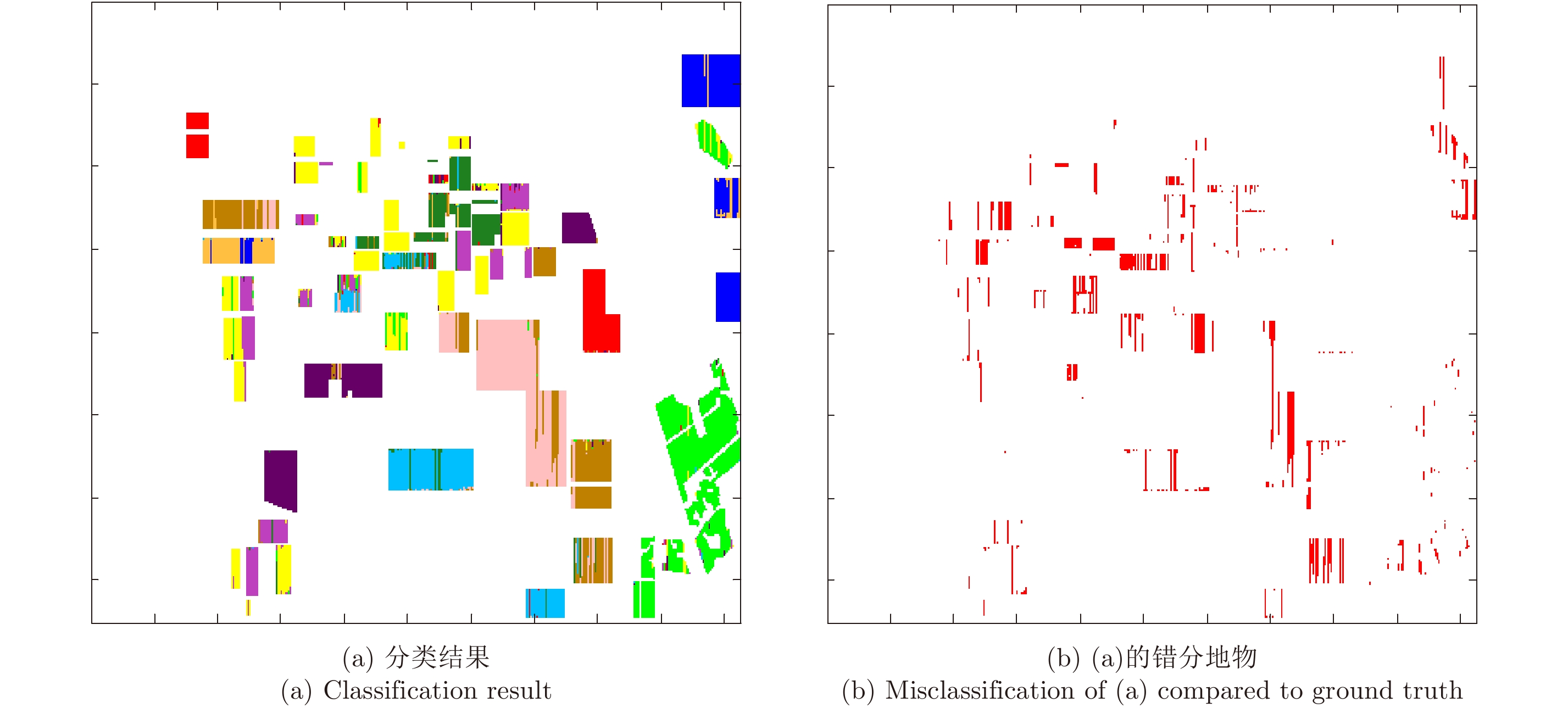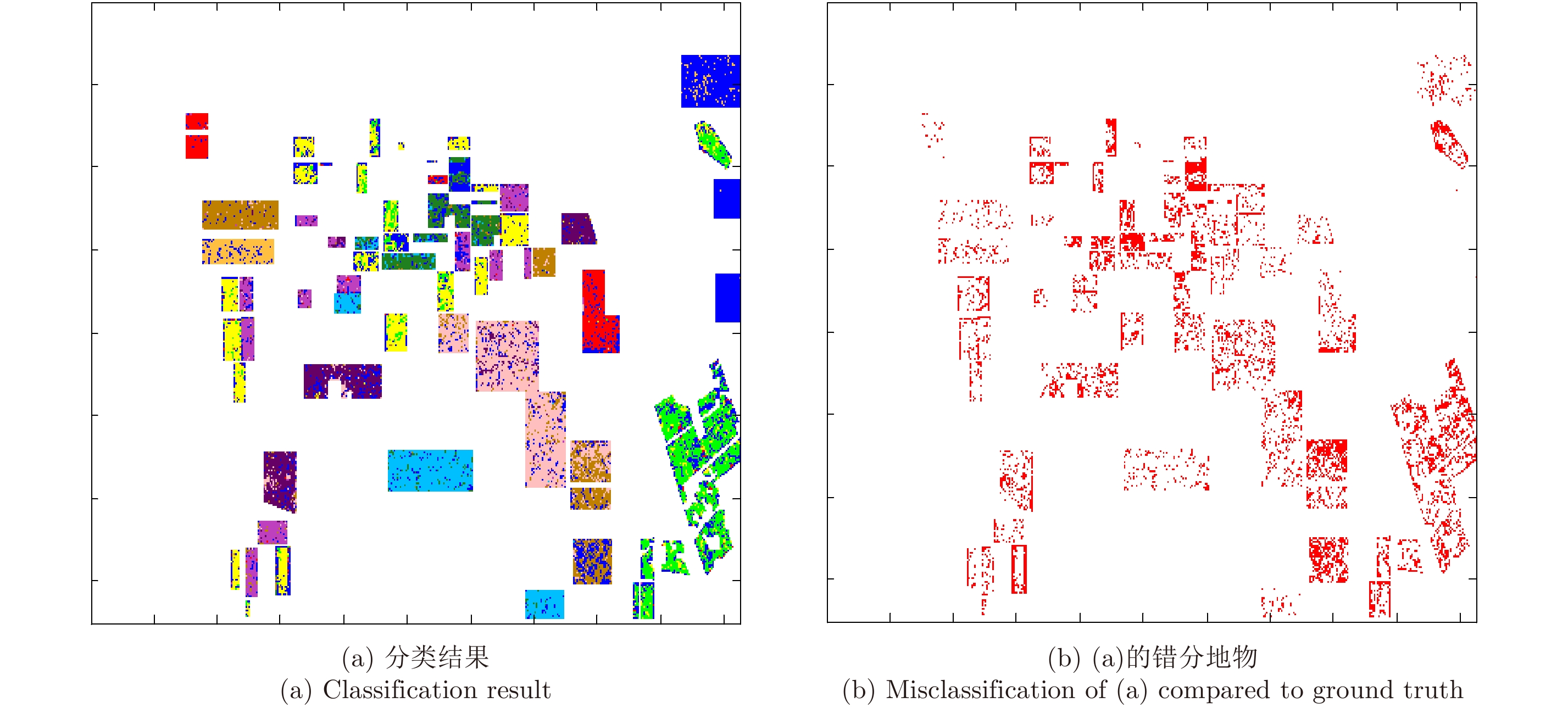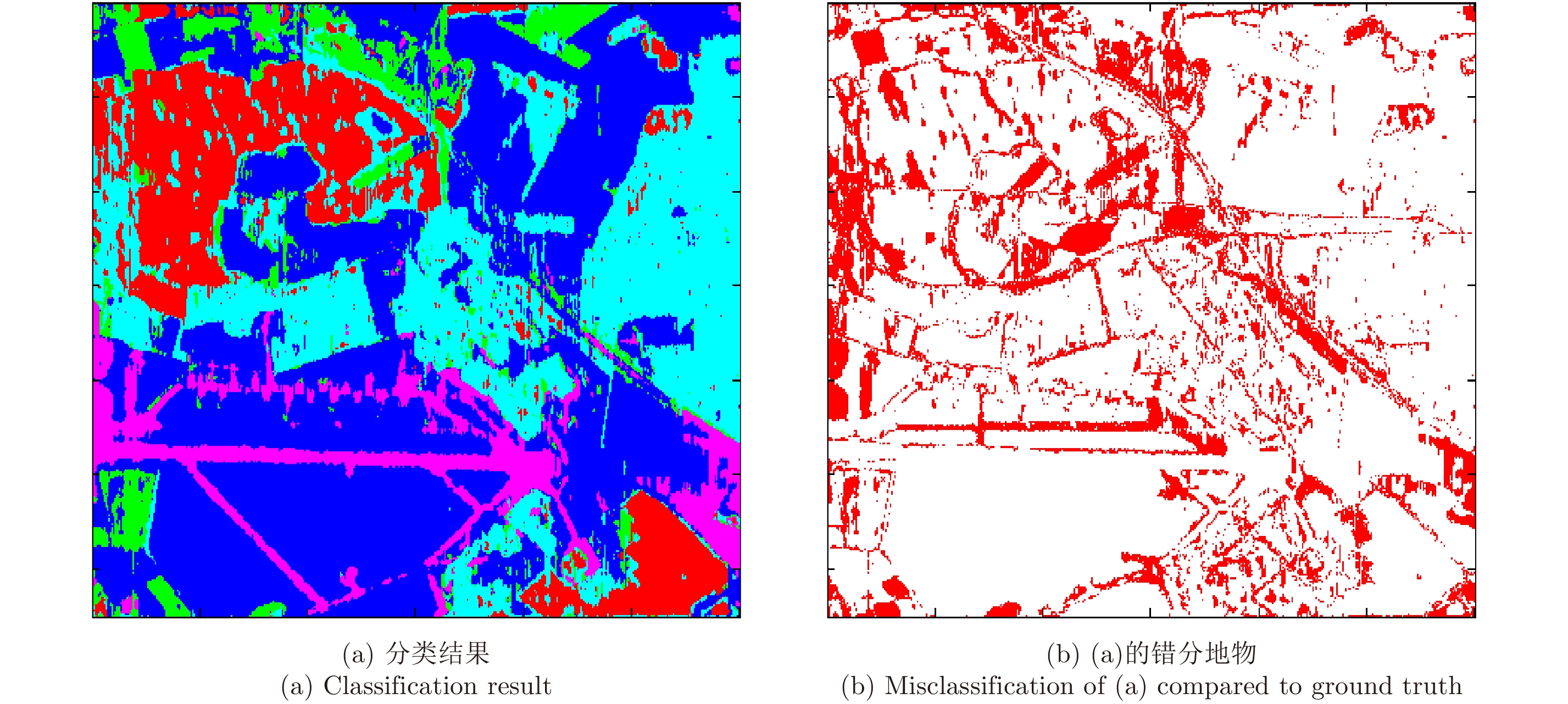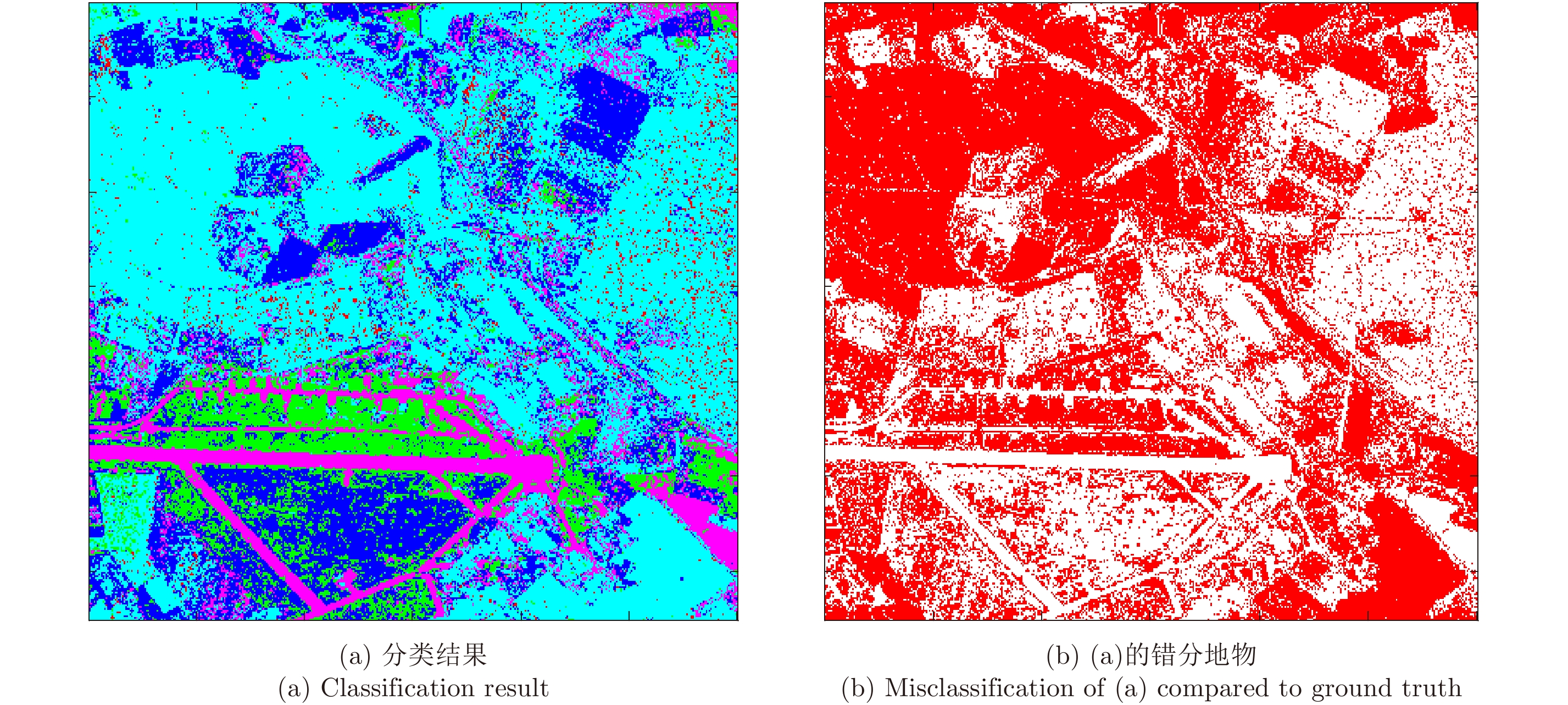| [1] |
Zhang La-mei, Wang Xiao, Sun Liang-jie, et al.. Contextual sparse representation and its application in polarimetric SAR image classification[C]. IET International Radar Conference, Hangzhou, China, 2015: 1–5.
|
| [2] |
Shang Fang and Hirose A. Use of Poincare sphere parameters for fast supervised PolSAR land classification[C]. Proceedings of 2013 IEEE International Geoscience and Remote Sensing Symposium, Melbourne, VIC, 2013: 3175–3178.
|
| [3] |
Xie Wen, Jiao Li-cheng, and Zhao Jin. PolSAR image classification via D-KSVD and NSCT-Domain features extraction[J]. IEEE Geoscience and Remote Sensing Letters, 2016, 13(2): 227–231. doi: 10.1109/LGRS.2015.2506718 |
| [4] |
Kong J A, Swartz A A, Yueh H A, et al.. Identification of terrain cover using the optimum polarimetric classifier[J]. Journal of Electromagnetic Waves and Applications, 1988, 2(2): 171–194.
|
| [5] |
Silva W B, Freitas C C, Sant’Anna S J S, et al.. Classification of segments in PolSAR imagery by minimum stochastic distances between Wishart distributions[J]. IEEE Journal of Selected Topics in Applied Earth Observations and Remote Sensing, 2013, 6(3): 1263–1273. doi: 10.1109/JSTARS.2013.2248132 |
| [6] |
孙即祥. 现代模式识别[M]. 长沙: 国防科技大学出版社, 2002: 385–447.
Sun Ji-xiang. Modern Pattern Recognition[M]. Changsha: Press of National University of Defense Technology, 2002: 385–447.
|
| [7] |
Lee J S and Ainsworth T L. An overview of recent advances in Polarimetric SAR information extraction: Algorithms and applications[C]. Proceedings of 2010 IEEE International Geoscience and Remote Sensing Symposium, Honolulu, HI, 2010: 851–854.
|
| [8] |
钟平. 面向图像标记的随机场模型研究[D]. [博士论文], 国防科学技术大学, 2008.
Zhong Ping. Random fields model for image label[D]. [Ph.D. dissertation], National University of Defense Technology, 2008.
|
| [9] |
Zhong Ping and Wang Run-sheng. A multiple conditional random fields ensemble model for urban area detection in remote sensing optical images[J]. IEEE Transactions on Geoscience and Remote Sensing, 2007, 45(12): 3978–3988. doi: 10.1109/TGRS.2007.907109 |
| [10] |
Lafferty J, McCallum A, and Pereira F. Conditional random fields: Probabilistic models for segmenting and labeling sequence data[C]. Proceedings of the Eighteenth International Conference on Machine Learning, San Francisco, CA, USA, 2001: 282–289.
|
| [11] |
Kumar S and Hebert M. Discriminative random fields: A discriminative framework for contextual interaction in classification[C]. IEEE International Conference on Computer Vision, Piscataway, NJ, 2003: 1150–1157.
|
| [12] |
吴立珍. 面向UAV战场感知的目标特征建模与应用研究[D]. [博士论文], 国防科学技术大学, 2012.
Wu Li-zhen. Research on object feature modeling and applications for battlefield awareness of unmanned aerial vehicle[D]. [Ph.D. dissertation], National University of Defense Technology, 2012.
|
| [13] |
Pearl J. Probabilistic Reasoning in Intelligent Systems: Networks of Plausible Inference[M]. California: Morgan Kaufmann, 1988: 247–289.
|
| [14] |
Wang Lei-guang, Dai Qin-ling, and Huang Xin. Spatial regularization of pixel-based classification maps by a two-step MRF method[C]. Proceedings of IEEE International Geoscience and Remote Sensing Symposium, Beijing, 2016: 2407–2410.
|
| [15] |
Zhong Yan-fei, Zhao Ji, and Zhang Liang-pei. A hybrid object-oriented conditional random field classification framework for high spatial resolution remote sensing imagery[J]. IEEE Transactions on Geoscience and Remote Sensing, 2014, 52(11): 7023–7037. doi: 10.1109/TGRS.2014.2306692 |
| [16] |
Pieczynski W and Tebbache A N. Pairwise markov random fields and segmentation of textured images[J]. Machine Graphics and Vision, 2000, 9(3): 705–718.
|
| [17] |
Kumar S and Hebert M. A hierarchical field framework for unified context-based classification[C]. Proceedings of the Tenth IEEE International Conference on Computer Vision, Beijing, 2005: 1284–1291.
|
| [18] |
Jiang Wei, Chang S F, and Loui A C. Context-based concept fusion with boosted conditional random fields[C]. Proceedings of IEEE International Conference on Acoustics, Speech and Signal Processing, Honolulu, HI, 2007: I-949–I-952.
|
| [19] |
Lee C H, Schmidt M, Murtha A, et al.. Segmenting brain tumors with conditional random fields and support vector machines[C]. Proceedings of the First International Conference on Computer Vision for Biomedical Image Applications, Beijing, China, 2005: 469–478.
|
| [20] |
Do T M T and Artières T. Polynomial conditional random fields for signal processing[C]. Proceedings of the 2006 Conference on ECAI 2006: 17th European Conference on Artificial Intelligence, Riva del Garda, Italy, 2006: 797–798.
|
| [21] |
Du Pei-jun, Samat A, Waske B, et al.. Random forest and rotation forest for fully polarized SAR image classification using polarimetric and spatial features[J]. ISPRS Journal of Photogrammetry and Remote Sensing, 2015, 105: 38–53. doi: 10.1016/j.isprsjprs.2015.03.002 |
| [22] |
Zou Tong-yuan, Yang Wen, Dai Deng-xin, et al.. Polarimetric SAR image classification using multifeatures combination and extremely randomized clustering forests[J]. EURASIP Journal on Advances in Signal Processing, 2010, 2010: Article No. 4.
|
| [23] |
Freeman A and Durden S L. A three-component scattering model for polarimetric SAR data[J]. IEEE Transactions on Geoscience and Remote Sensing, 1998, 36(3): 963–973. doi: 10.1109/36.673687 |
| [24] |
Haralick R M, Shanmugam K, and Dinstein I. Textural features for image classification[J]. IEEE Transactions on Systems, Man, and Cybernetics, 1973, SMC-3(6): 610-621. doi: 10.1109/TSMC.1973.4309314 |
| [25] |
Yamaguchi Y, Moriyama T, Ishido M, et al.. Four-component scattering model for polarimetric SAR image decomposition[J]. IEEE Transactions on Geoscience and Remote Sensing, 2005, 43(8): 1699–1706. doi: 10.1109/TGRS.2005.852084 |




 Submit Manuscript
Submit Manuscript Peer Review
Peer Review Editor Work
Editor Work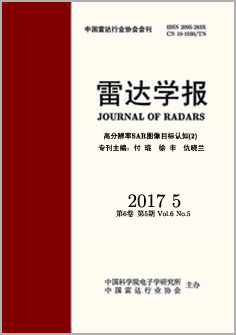





 DownLoad:
DownLoad:
